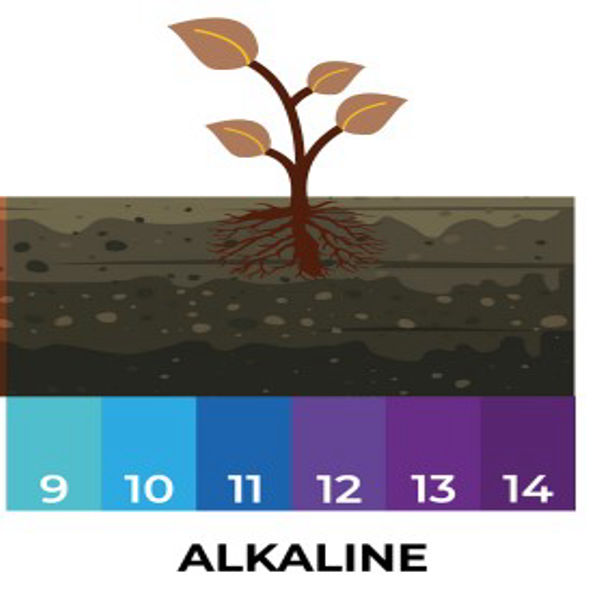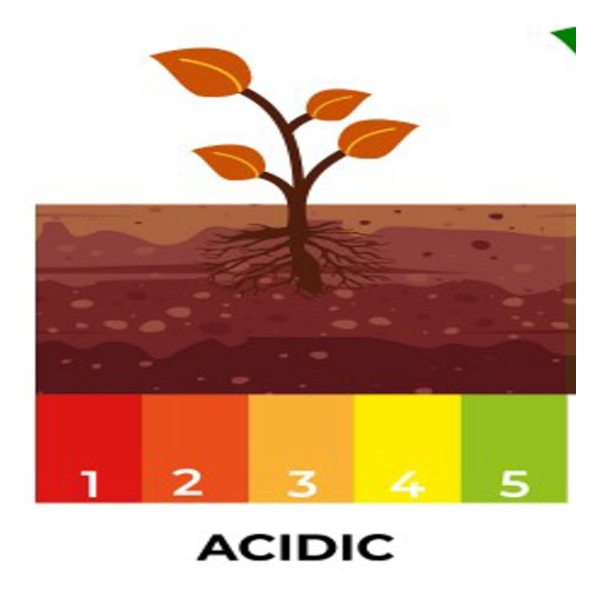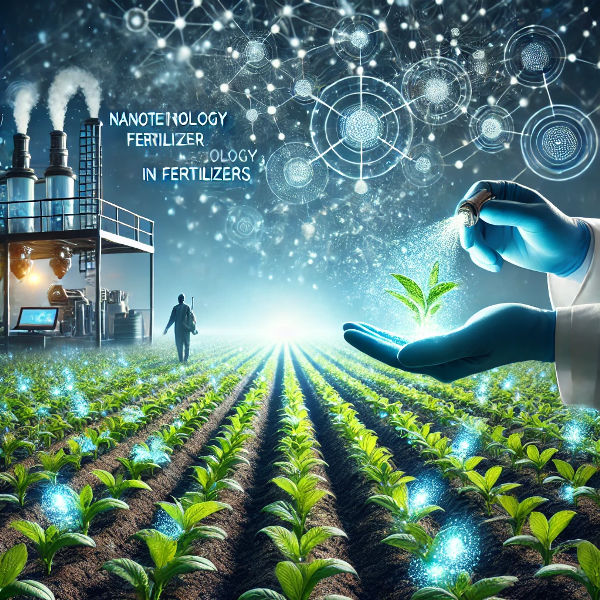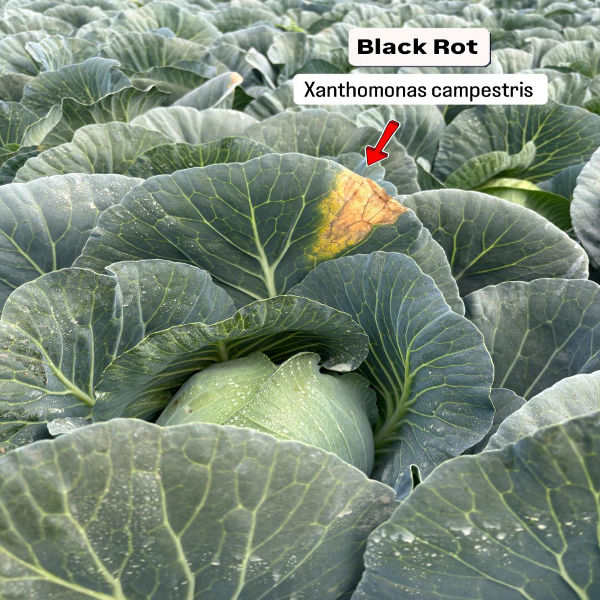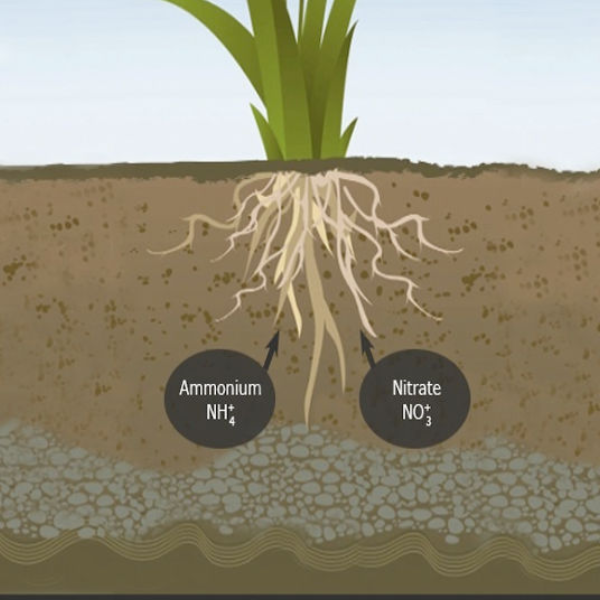
How Do Plants Absorb Nitrogen? Key Forms Explained
Nitrogen is a crucial nutrient for plant growth, playing a vital role in chlorophyll formation, protein synthesis, and overall development. However, plants cannot directly absorb atmospheric nitrogen (N₂). Instead, they take up nitrogen in specific forms from the soil and fertilizers.
Major Forms of Nitrogen Absorbed by Plants
Nitrate (NO₃⁻):
The most readily available form of nitrogen for plants.
Easily absorbed by roots and transported throughout the plant.
Promotes quick growth and greener foliage.
Ammonium (NH₄⁺):
Another primary form of nitrogen uptake.
Less mobile than nitrate but efficiently utilized by plants.
Helps in root development and stress tolerance.
Urea (CO(NH₂)₂):
A widely used nitrogen fertilizer.
Converted into ammonium (NH₄⁺) in the soil before plant uptake.
Enhances vegetative growth and yield.
Organic Nitrogen:
Derived from decomposed plant and animal matter.
Slowly mineralized into ammonium and nitrate by soil microbes.
Improves long-term soil fertility.
Importance of Nitrogen Forms in Agriculture
Balanced Fertilization: Proper application of NO₃⁻ and NH₄⁺ improves crop productivity.
Efficient Nutrient Management: Reduces nitrogen loss through leaching and volatilization.
Sustainable Farming: Using organic sources and biofertilizers enhances soil health.
Keywords
ammonium nh₄
root development
primary form
nitrogen uptake
organic sources
efficiently utilized
vital role
crucial nutrient
nitrogen forms
plants helps
nitrogen absorbed
specific forms
decomposed plant
plants nitrate no₃
plants easily absorbed
nitrogen fertilizer converted
fertilizers major forms
plant growth playing
volatilization sustainable farming
